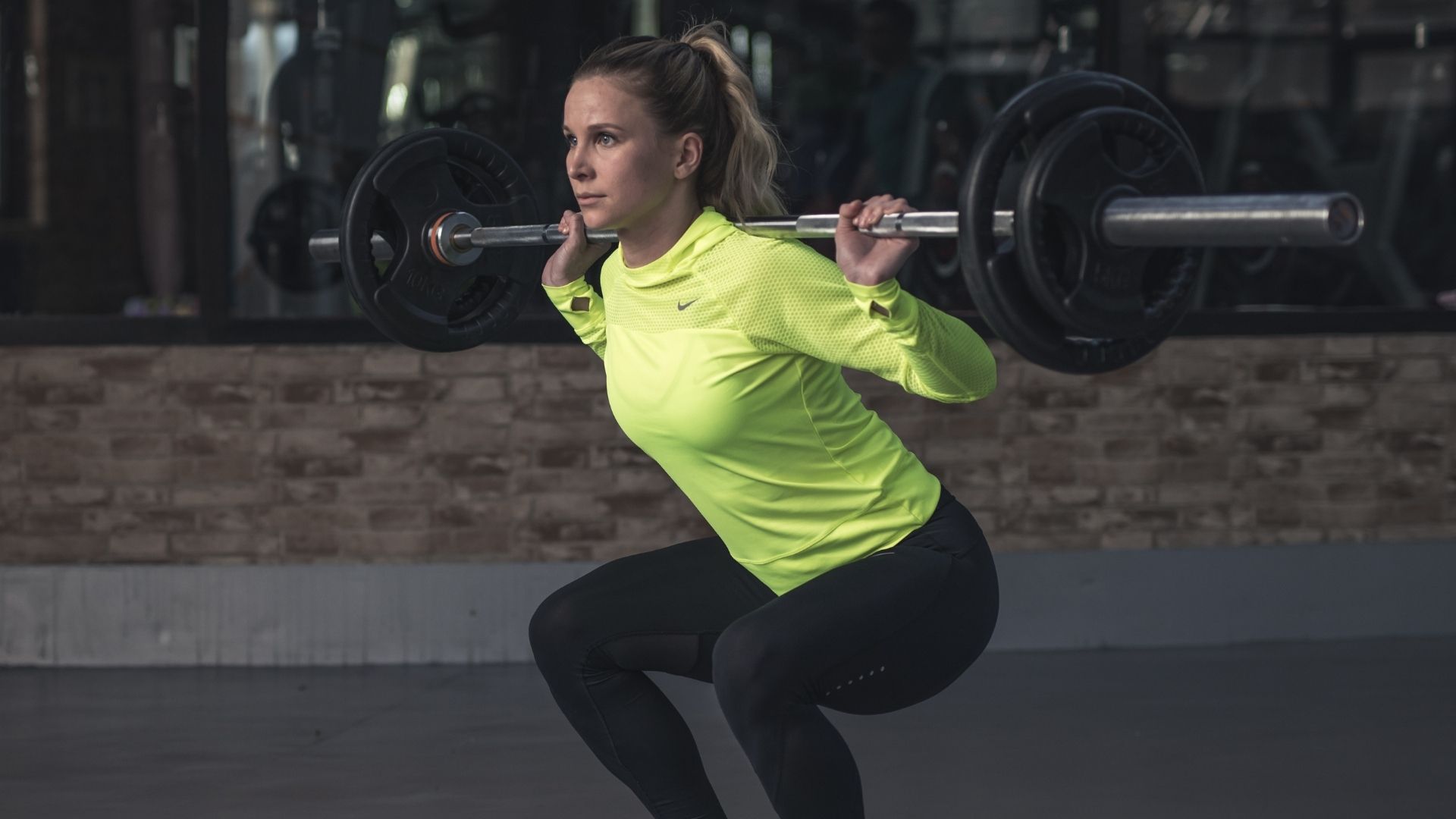Are you ready to pump up your workout routine and strengthen those leg muscles? If you’re wondering, “How much should I squat if I weigh 250 pounds?” you’ve come to the right place! Squats are an excellent exercise for building lower body strength and power.
However, it’s essential to determine the appropriate weight to squat for optimal results and safety. In this comprehensive guide, we’ll dive into the factors that affect squatting weight, provide guidelines for calculating your ideal weight, and address some frequently asked questions to help you on your fitness journey.
The weight you should squat depends on various factors, including your fitness level, experience, and overall strength. As a general guideline, if you weigh 250 pounds, a good starting point for squats would be around 100-150 pounds. However, it’s important to gradually increase the weight over time, ensuring proper form and technique, and listening to your body’s capabilities and limitations. Consider consulting with a fitness professional for personalized advice and a safe progression plan.
It depends on your fitness level.
When determining the weight you should squat, several factors come into play. Firstly, your fitness level, experience, and overall strength are essential considerations.
As a general guideline, if you weigh 250 pounds, a good starting point for squats would be around 100-150 pounds. This range allows you to develop proper form and technique while minimizing the risk of injury.
Gradually increasing the weight over time is crucial for progression. It helps your muscles adapt and grow stronger.
The progression should be gradual to ensure that you maintain good form and avoid straining or overloading your muscles and joints.
Proper form and technique are essential for effective and safe squatting. Before adding more weight, focus on mastering the correct squatting technique.
This includes maintaining an upright torso, engaging your core, and ensuring that your knees track over your toes.
Listen to your body.
Listening to your body’s capabilities and limitations is crucial. Pushing yourself too hard or attempting weights beyond your capacity can lead to injury.
Pay attention to how your body responds to the weight you are currently lifting and adjust accordingly.
Consulting with a fitness professional can provide you with personalized advice and a safe progression plan.
They can assess your individual strengths and weaknesses, guide you on proper form, and help you set realistic goals.
They may recommend exercises to strengthen specific muscle groups or provide modifications based on your unique circumstances.
Remember, everyone’s capabilities and goals are different, so it’s important to find a weight range that suits your specific needs.
Regularly reassess your progress, increase weight gradually, and always prioritize safety and proper technique over lifting heavy weights.
Here’s an example to illustrate the progression:
Let’s say you start squatting with just your body weight to establish the correct form. Once you feel comfortable and confident, you can add a barbell with 10-pound plates on each side, totaling 40 pounds.
From there, you can progressively increase the weight by adding 5-10 pounds each week or as tolerated. Over time, you might be able to squat 150 pounds or even more, depending on your progress and goals.

Why Crucial Consider consulting with a professional.
why is Consider consulting with a fitness professional for personalized advice and a safe progression plan? we explain the reasons why this crucial , what to consider and examples.
Consulting with a fitness professional is crucial when determining your squatting weight and progression plan for several reasons.
Firstly, they possess the expertise and knowledge to assess your individual needs, capabilities, and goals. They can provide personalized advice based on your specific circumstances, ensuring a safe and effective approach.
A fitness professional will consider various factors such as your current fitness level, any pre-existing injuries or limitations, and your overall strength.
They can conduct assessments to determine your mobility, stability, and muscle imbalances, which can affect your squatting technique and weight selection.
Moreover, a fitness professional can guide you in mastering proper form and technique. They can teach you the correct squatting mechanics, including body alignment, depth, and breathing techniques.
This is crucial for preventing injuries and maximizing the benefits of the exercise.
Additionally, they can help you establish realistic goals and develop a tailored progression plan.
A fitness professional will know how to gradually increase the weight, volume, and intensity of your squats over time, taking into account your progress and avoiding plateaus.
They can introduce variations and additional exercises to target specific muscle groups and enhance overall strength.
Examples:
Examples of considerations a fitness professional may take into account are:
- Assessing your mobility: They might evaluate your ankle, hip, and thoracic spine mobility to ensure you can perform squats with proper range of motion.
- Identifying muscle imbalances: They may examine your muscles to detect any imbalances or weaknesses that need to be addressed before progressing with heavier weights.
- Modifying the exercise: If you have specific limitations, such as knee or lower back issues, they can modify the squatting exercise or suggest alternative exercises that are safer for you.
- Monitoring progress: A fitness professional can track your progress, provide feedback on your technique, and make necessary adjustments to your program based on your strength gains and overall development.
By working with a fitness professional, you can significantly reduce the risk of injuries, receive guidance on proper technique, have a personalized plan that aligns with your goals, and ensure continuous progress in your squatting journey.
Here’s a tabular format summarizing the key points:
| Key Factors | Recommendations |
|---|---|
| Weight | A starting point of 100-150 pounds for a 250-pound individual |
| Progression | Gradually increase weight over time, ensuring proper form |
| Form and Technique | Focus on mastering correct squatting technique |
| Body’s Capabilities and Limits | Listen to your body and avoid pushing beyond your limits |
| Consulting with a Fitness Professional | Seek personalized advice and safe progression plan |
By following these recommendations and consulting with a fitness professional, you can establish a solid foundation, progress safely, and optimize your squatting routine for better results.
Conclusion
In conclusion, determining the appropriate weight for squatting when you weigh 250 pounds involves considering factors such as your fitness level, experience, and overall strength. Starting with a range of 100-150 pounds can provide a solid foundation while focusing on proper form and technique.
Gradually increasing the weight over time is important for progression, always prioritizing safety and listening to your body’s capabilities and limitations.
Consulting with a fitness professional ensures personalized advice, a safe progression plan, and guidance for achieving your goals effectively. Their expertise and knowledge can enhance your squatting journey and help you optimize your results.

Hey there, it’s Mike Rrsq, the Editor-in-Chief over at Jsquat.com, and I’m absolutely obsessed with all things squat fitness! I’ve been lucky enough to get some serious recognition for my work in this field. With a solid background in the fitness and wellness industry, I’ve been there right from the get-go, helping shape this website into what it is today.
You see, I’m not just the boss around here; I’m also a passionate contributor. I love sharing my insights through my articles, and trust me, they’re not your run-of-the-mill stuff. Each piece I write is a labor of love, filled with my expertise and real-world experience in the fitness universe. So, if you’re into fitness and looking for some inspiration, you’re in the right place!

